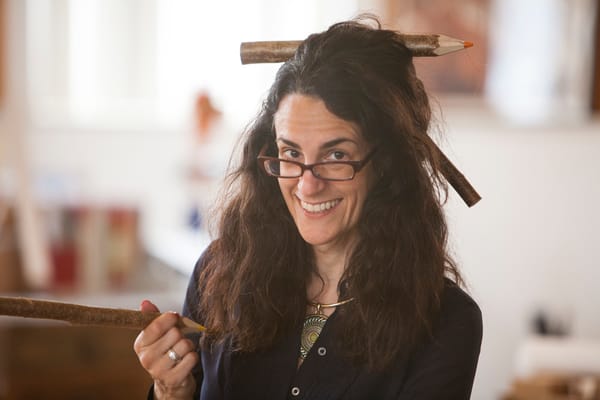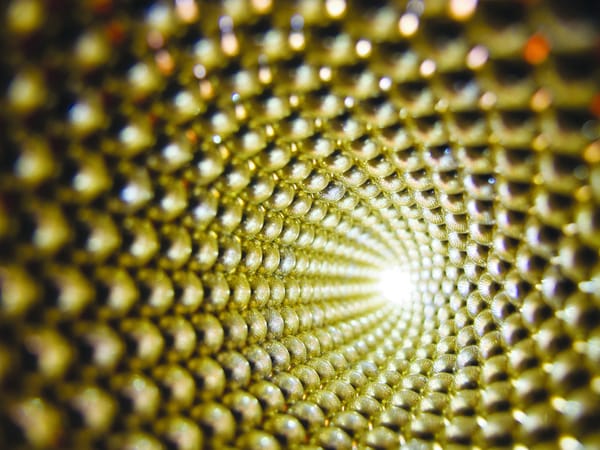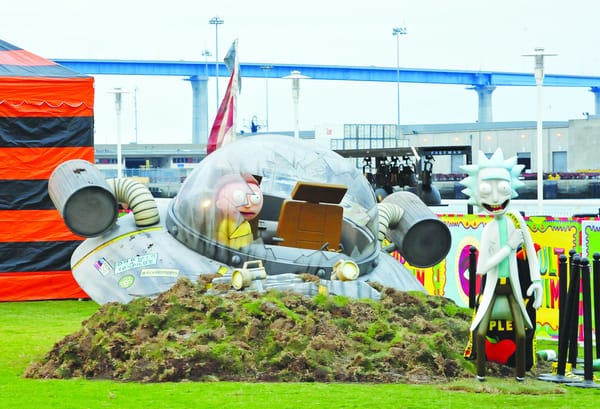The Nobel vs Ig Nobel prizes
Celebrate ALL the science
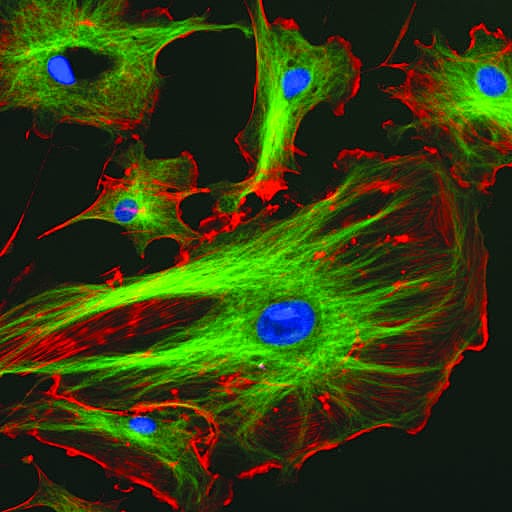
Whereas the Nobel Prizes embody the recognition and respect all scientists strive for, the Ig Nobel Prizes are given out annually for some of the weirdest and most unlikely research materials in each category. Both are significant events in the science calendar, but for very different reasons. Which prize are you more likely to win?
PHYSIOLOGY AND MEDICINE | Yoshinori Ohsumi
This weeks first Nobel Prize was awarded to Yoshinori Ohsumi (Tokyo Institute of Technology) for discoveries of mechanisms for ‘autophagy’. So what on Earth is that, us inferior humans ask. Well, autophagy is something that occurs within all cells to break down or recycle certain parts that are no longer needed. This is done via a structure inside the cell called the ‘lysosome’. The scientist who discovered the lysosome, Christian de Duve, was actually awarded the Nobel Prize for physiology of medicine in 1974 for doing so. Another fun fact: the word ‘autophagy’ basically means to ‘eat oneself’. Yum.
In the early 1990s, Ohsumi found that autophagy existed within baker’s yeast, allowing him to use yeast as a model to pinpoint the genes responsible for it. But how is this related to us? Autophagy works in almost exactly the same way in humans and this research has given scientists tools they require to study why it is important.
Since then, autophagy has been found to be especially important when we’re starving, or undergoing other kinds of physical stress that could cause damage. By breaking down components in cells, it provides energy and vital building blocks for new structures. It’s also important when we’re infected (by freshers flu and worse), to destroy harmful bacteria or viruses invading cells.
However when autophagy goes wrong it has even more serious consequences. Mutations in the genes involved could be responsible for Parkinson’s, type two diabetes, and has even been linked to cancer, as most things have. However, thanks to Yoshinori, at least now we have the means to research and develop ways to combat dysfunctioning autophagy, and perhaps reverse some of the effects it may cause in these horrible diseases.
PHYSICS | David J. Thouless and F. Duncan Haldane & J. Michael Kosterlitz
The Nobel Physics prize was awarded jointly to 3 British-born scientists this year, with half going to David J. Thouless (University of Washington) and half to F. Duncan Haldane (Princeton University) & J. Michael Kosterlitz (Brown University).
The award was given for their advances in the mathematical description of states of matter further than just solids, liquids and gases, like we were all taught in school. Their methods have enabled the exploration of the more ‘exotic’ phases, or states, in materials with unusual properties, such as superconductors, superfluids or thin magnetic films. This may provide more insight to how these materials work, as well as getting us to understand matter at a higher level. They used a mathematical concept known as ‘topology’, which is used to describe properties of space undergoing step-wise changes. This applies to states of matter, which can get increasingly compact when going from a gas, through to a solid. Kosterlitz and Thouless have been studying extremely thin layers that can be considered ‘flat’ i.e. two-dimensional, unlike the three-dimensional world we see around us in every-day life. Haldane has also studied matter that forms threads that are so thin, they can actually be thought of as one-dimensional.
For these extremely thin layers or threads, the physics that occurs within them differs to that of the 3D world, with their atoms displaying alternative collective properties.
At very cold temperatures (close to absolute zero), matter can enter another state and behave strangely. A loss of electrical resistance in some materials results in superconductors. These have a wide range of uses, such as in MRI machines, as well as highly sensitive particle detectors.
The study of these super-flat materials, termed ‘flatlands’, enabled a discovery of a new way of transitioning between states. As far as condensed matter physics goes, this is one of the 20th century’s finest discoveries.
So how can these new states of matter be used? Well, right now topological insulators, superconductors and metals, known as ‘topological materials’ that could prove to be useful in the search for new electrical components, or in future quantum computers, in the pipeline.
CHEMISTRY | Jeane-Pierre Sauvage, Sir J. Fraser Stoddart & Bernard L. Feringa
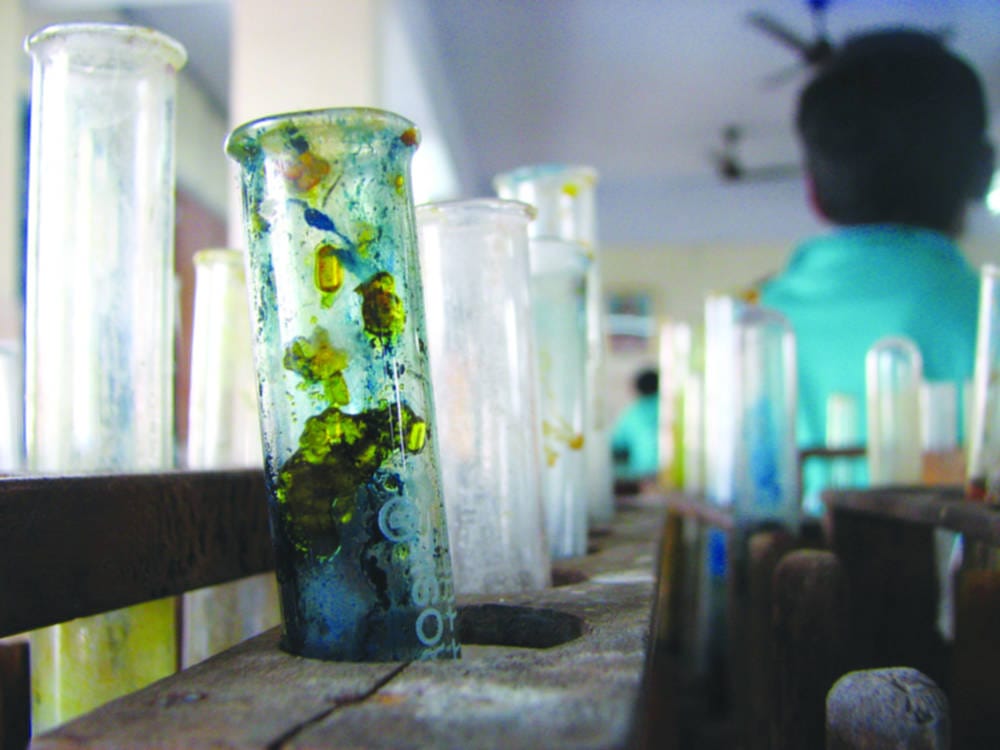
Molecular machinery was the hot topic of this year’s Nobel Prize for Chemistry, awarded to Jean-Pierre Sauvage, Sir J. Fraser Stoddart and Bernard L. Feringa for the “design and synthesis of machines” 1000 times thinner than a strand of human hair. It is imagined that their work will take chemistry to a new dimension, providing a means for making new materials, sensors and energy storage systems the likes of which have never been possible, until now.
The first steps were taken by Sauvage in 1983, when he linked two miniature ring-shaped molecules to create a mechanical chain. Later, in 1991 Stoddart threaded a molecular ring onto a thin molecular axle, demonstrating that it was able to move like a molecular lift along an axis. Using the same principles he was able to develop a molecular muscle, and even a molecule-based computer chip. Feringa was the first to develop a molecular motor, and in 1999 he managed to get a molecular rotor blade to continually spin in the same direction. He even managed to rotate a glass cylinder 10,000 times bigger than the motor that drove it, and designed a nanocar.
Perhaps the most important part of these developments is that, collectively, they’ve pushed molecular systems from what is called equilibrium; all chemical systems strive for it, a lower energy state. By making artificial systems perform a controlled task, chemistry has ventured into a new world where this stationary stalemate has been overcome. Relatively speaking molecular machinery is roughly where the electric motor was in 1830, when researchers were proud to display various spinning cranks and wheels without realising that they would turn into fans, food processors, electric trains and much more. We can only guess what thrilling developments are in store for the new world of molecular machinery.
REPRODUCTION PRIZE
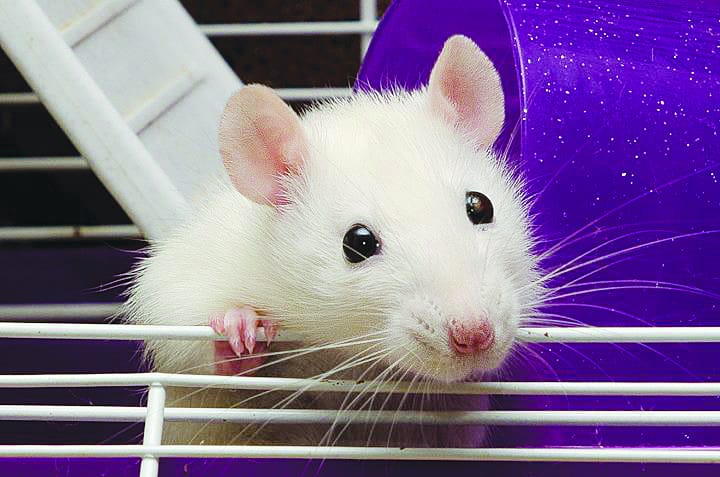
This prize was for Ahmed Shafik’s research on rats showing a decrease in sexual activity when wearing polyester trousers (yes, this guy actually made trousers for his rats). Similar tests in human males, using a polyester sling for the scrotum actually resulted in a lower sperm count. As trendy as this sounds could polyester act as a new and reversible method of male contraception.
CHEMISTRY PRIZE
Ironically, the chemistry prize went to Volkswagen this year, for “solving the problem of excessive automobile pollution emissions by automatically, electromechanically [lowering the emissions] whenever the cars are being tested”. This was in reference to the ‘diesel dupe’ scandal that occurred a few months ago, where Volkswagen was exposed for installing a device that reduced car performance during testing, allowing them to emit emissions 40 times the allowed amount in the US once on the road. Despite the scandal, the level of complexity required to pull it off was fairly impressive. Kudos to them for that.
PHYSICS PRIZE

Strangely, the physics prize was given out to a bunch of European scientists for finding out that white horses attract less blood-sucking, disease-carrying tabanid flies than darker horses. This may account to why they exist, albeit rare, in nature, despite their pitfalls - being highly UV sensitive and conspicuous to predators. The work showed that the flies were more attracted to darker horses due to their eyes, which polarized light specifically to spot darker prey.
MEDICINE PRIZE
Ever had an annoying itch under a cast or bandage that you couldn’t reach? Well this prize could set you straight, as it goes to a team of medical researchers in Germany who found that by looking into a mirror and itching the exact same place but on the opposite side of your body, your itch will be relieved without you having to touch it. It has something to do with overlapping wiring in the visual and sensory parts of the brain.
BIOLOGY PRIZE
Repping the UK this time, the biology prize was given jointly to two British men. The first of which is Charles Foster, who lived as a badger, otter, fox, deer and swift in the wild, each at separate times. He claims (unsurprisingly) that the swift was less successful, however, the experiences allowed him to reconnect with his “inner beast”. Odd. You may have heard of the other recipient - Thomas Twaites aka. The Goat Man. He spent three days walking amongst a herd of goats on prosthetic limbs, with a makeshift rumen in order to spit out the grass, thus tricking the goats that he was one of them. He claimed he was studying ‘goat psychology’. No wonder biologists get so much stick.

